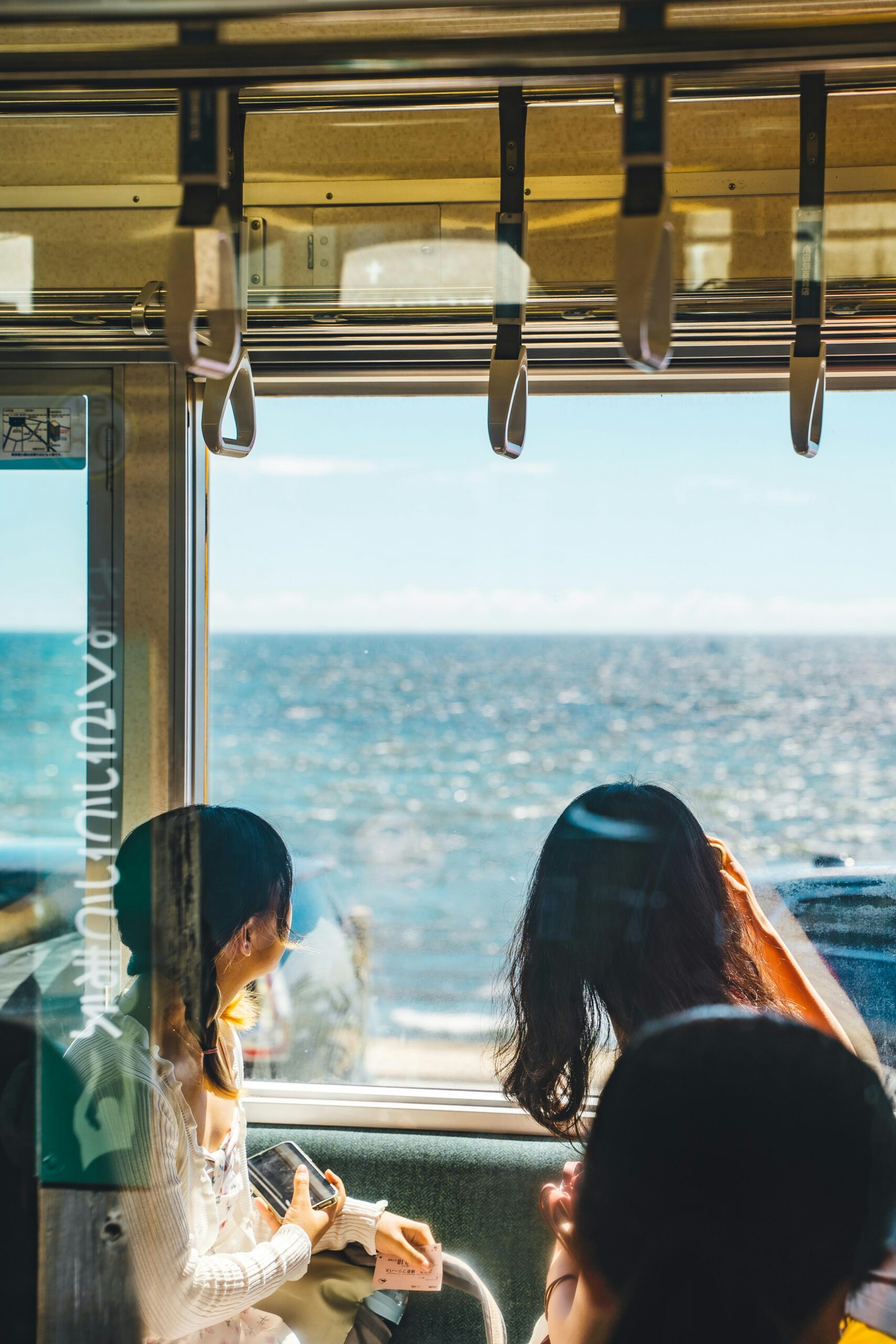Only an hour by train from Tokyo lies Kamakura, a city where history and nature meet in perfect harmony. Once the seat of the Kamakura Shogunate (12th–14th century), this coastal town is a world away from the skyscrapers of the capital. Kamakura makes for a wonderful day trip, but spending one or two nights allows you to discover its deeper, more tranquil side.
Beauty Through the Seasons
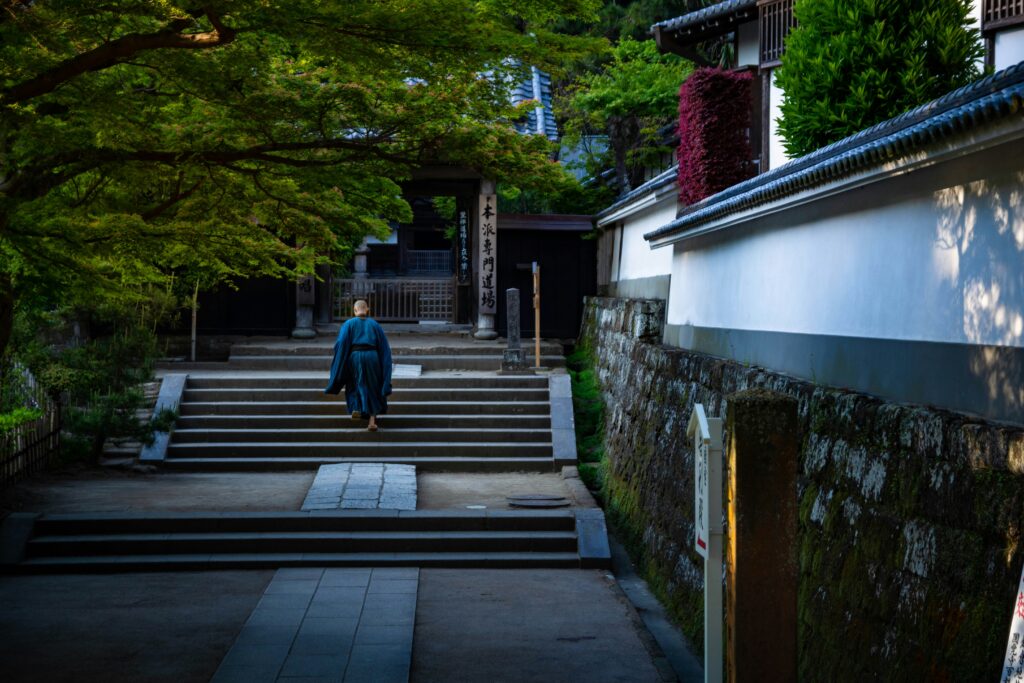
Kamakura is a city that reveals a new face with every season. In June, the hydrangeas at Hase-dera Temple blanket the hillside in shades of blue and violet, shimmering under the gentle rain of Japan’s early summer. In autumn, the maple leaves at Kencho-ji and Engaku-ji paint the temple grounds in vivid reds and golds, a breathtaking contrast against ancient wooden halls. Spring brings cherry blossoms to the grand approach of Tsurugaoka Hachimangu Shrine, while winter’s crisp air lends a solemn, spiritual aura to the iconic Great Buddha.
This ever-changing scenery ensures that every visit to Kamakura feels unique, no matter the time of year.
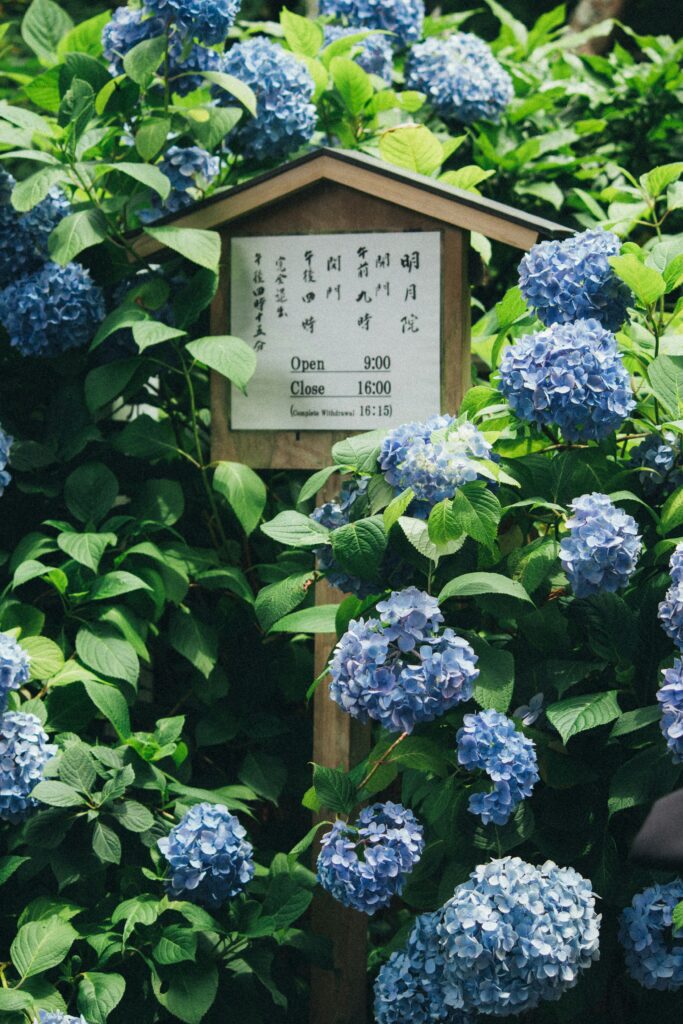
Temples, Shrines, and the Great Buddha
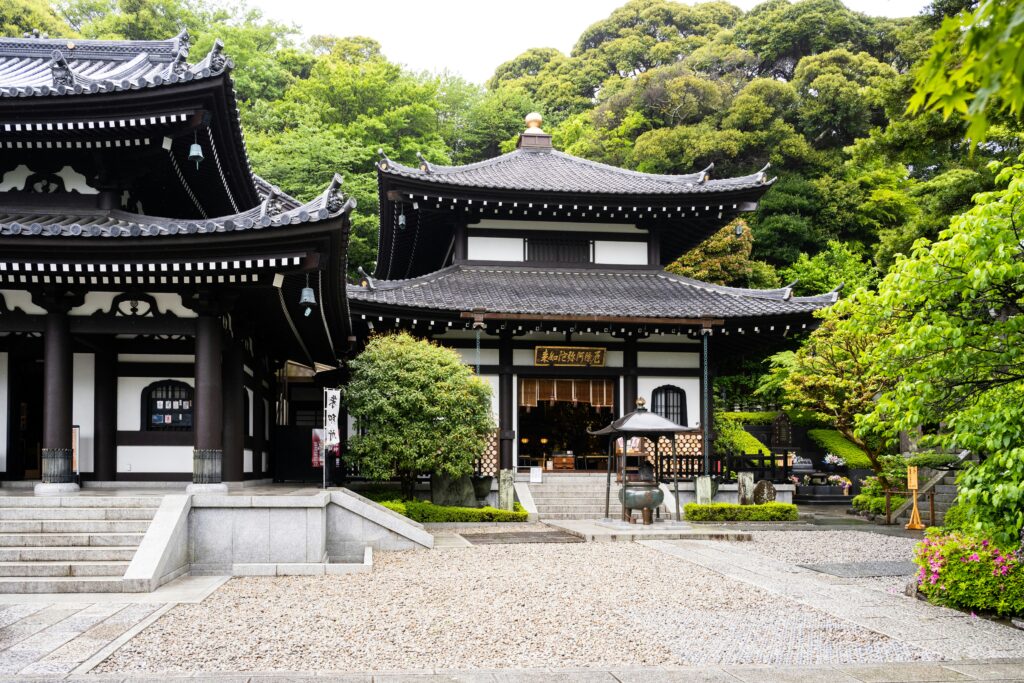
Kamakura is home to dozens of historic temples and shrines, each with its own story. Hase-dera Temple, perched on a hillside, offers sweeping views of the sea and houses a magnificent wooden statue of Kannon, the Goddess of Mercy.
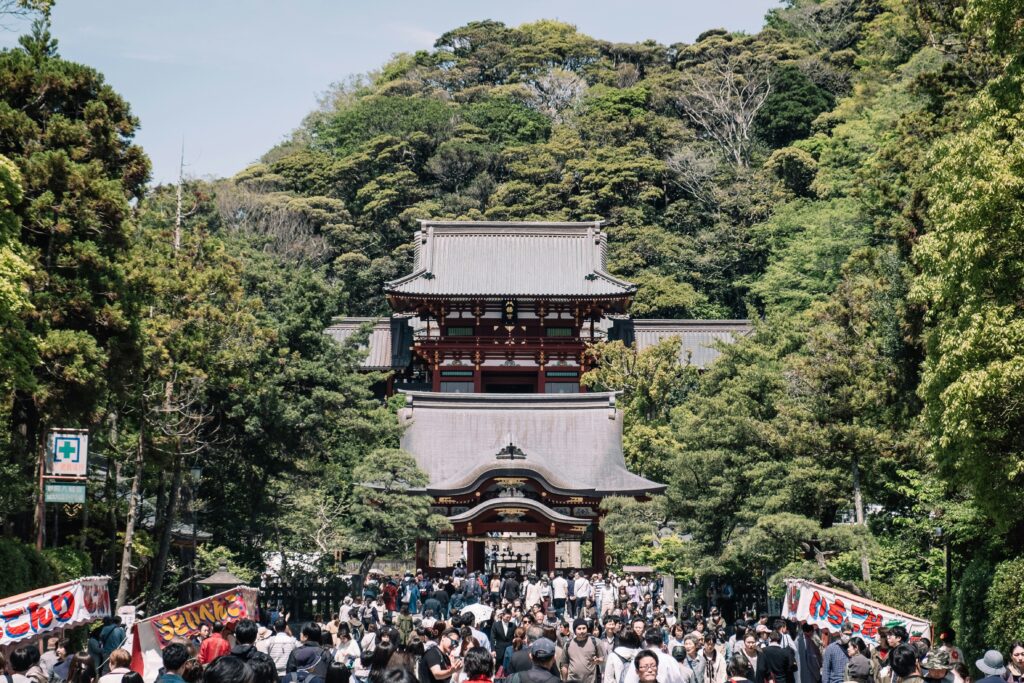
Tsurugaoka Hachimangu Shrine, built by Kamakura’s first shogun, remains the spiritual heart of the city, with a grand staircase leading to its main hall.
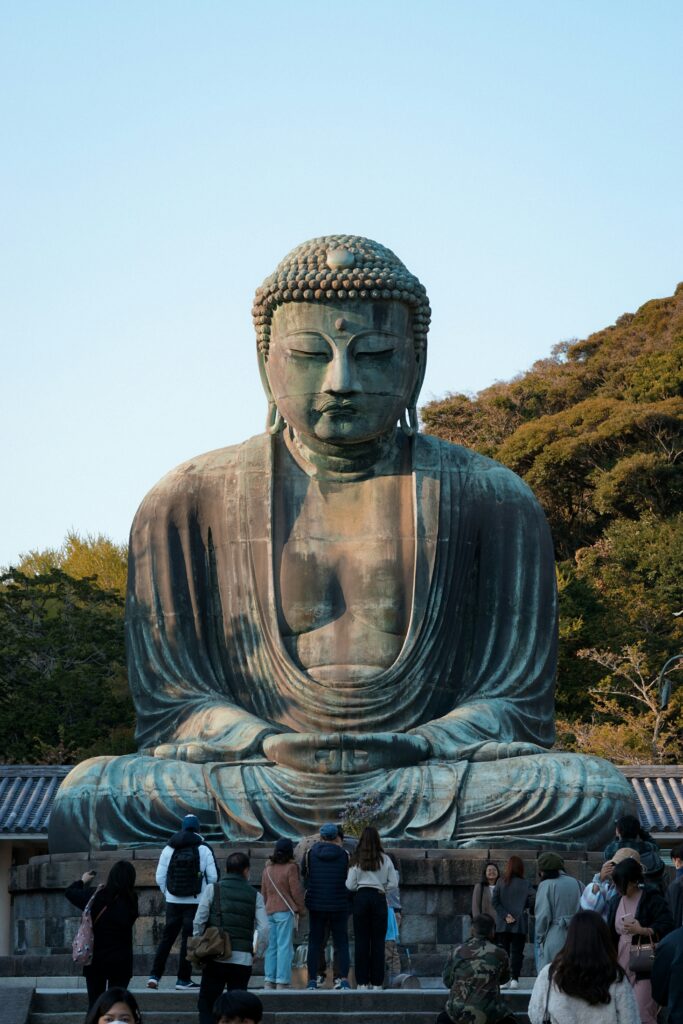
But the symbol of Kamakura is undoubtedly the Great Buddha of Kotoku-in. Standing nearly 11 meters tall, this bronze statue has endured since the 13th century, surviving earthquakes and storms while remaining under the open sky. Few places in Japan capture the spirit of timeless resilience quite like this.
A Culinary Journey
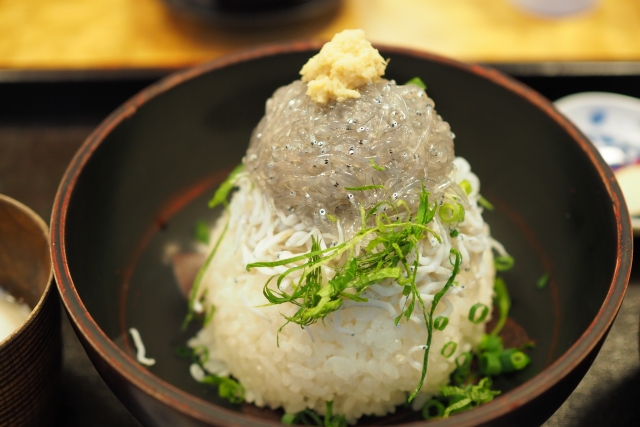
Exploring Kamakura is also a delight for the palate. Strolling along Komachi Street, you’ll encounter crispy rice crackers grilled over charcoal, freshly fried croquettes, and matcha-infused sweets. The city’s signature dish is shirasu-don—a bowl of rice topped with tender young whitebait fish, caught locally and served either boiled or raw. Light, fresh, and full of flavor, it is a must-try for seafood lovers.
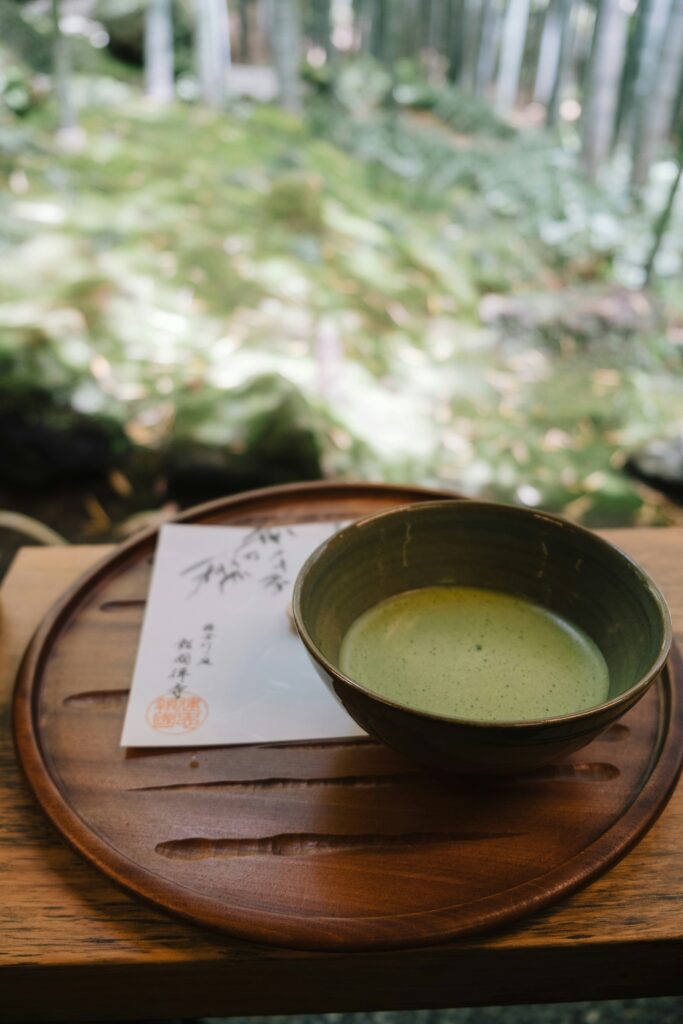
Kamakura also offers charming cafés in renovated traditional houses, and dessert shops where Japanese and Western influences merge beautifully. For a leisurely dining experience, elegant restaurants tucked away in side streets serve refined multi-course meals. Since Kamakura is a popular destination for locals and visitors alike, reservations are recommended to avoid long waits, especially on weekends.
The Sea and the Enoden Railway
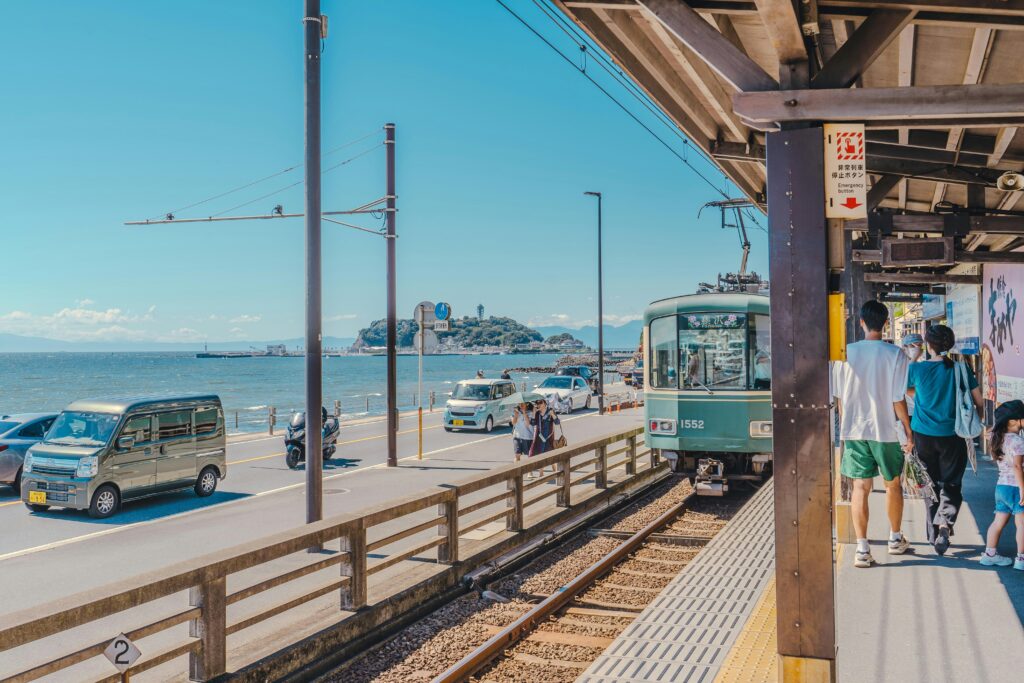
Beyond temples and cuisine, Kamakura offers scenic moments by the sea. Yuigahama Beach and Inamuragasaki are perfect for a seaside stroll or sunset viewing. On clear days, the setting sun over Inamuragasaki reveals the silhouette of Mount Fuji in the distance—a view you’ll never forget.
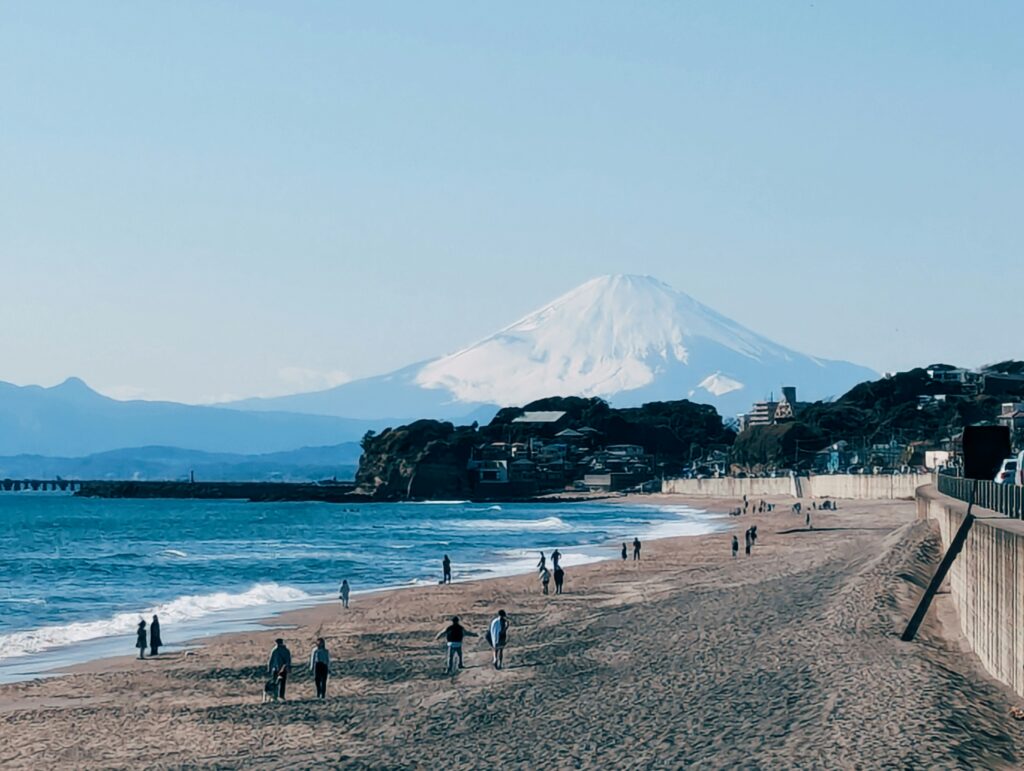
Equally enchanting is the Enoden Railway, a quaint, century-old train line that runs from Kamakura to the nearby island of Enoshima. The small green trains clatter past wooden houses and then emerge onto the coastline, where the ocean fills the windows. Both nostalgic and picturesque, riding the Enoden is an essential Kamakura experience.
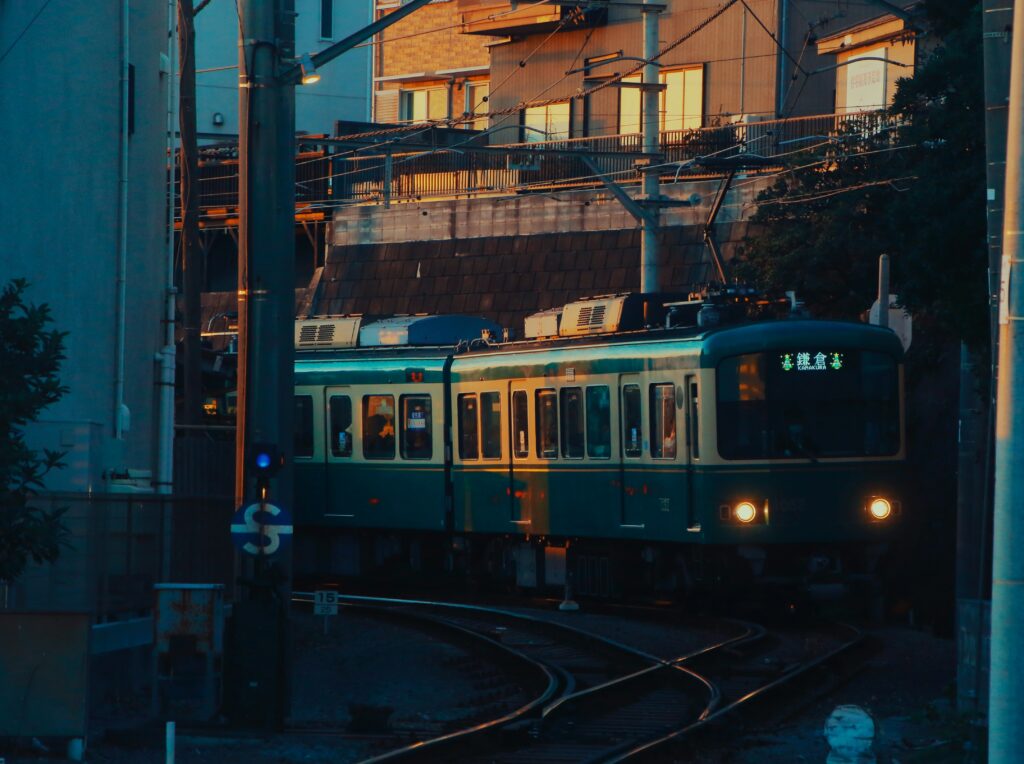
Access and Travel Tips
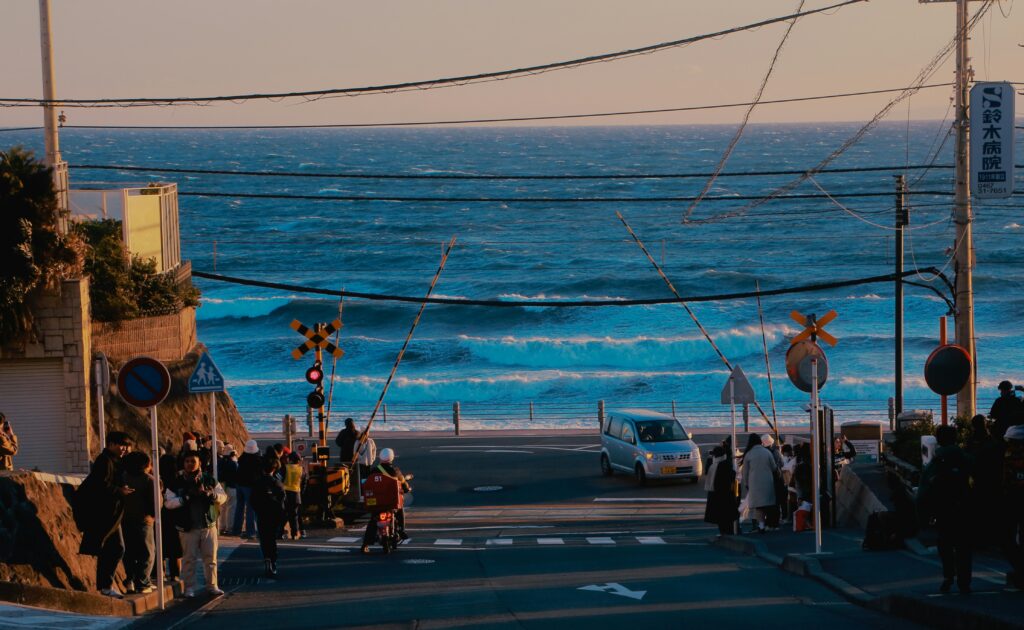
From Tokyo Station, the JR Yokosuka Line takes you directly to Kamakura in about an hour. From Shinjuku, the Shonan-Shinjuku Line offers a similarly convenient route in roughly 75 minutes. Yokohama is even closer, at just 30 minutes away. Once in Kamakura, most sites can be reached by walking, bus, or the Enoden Railway.
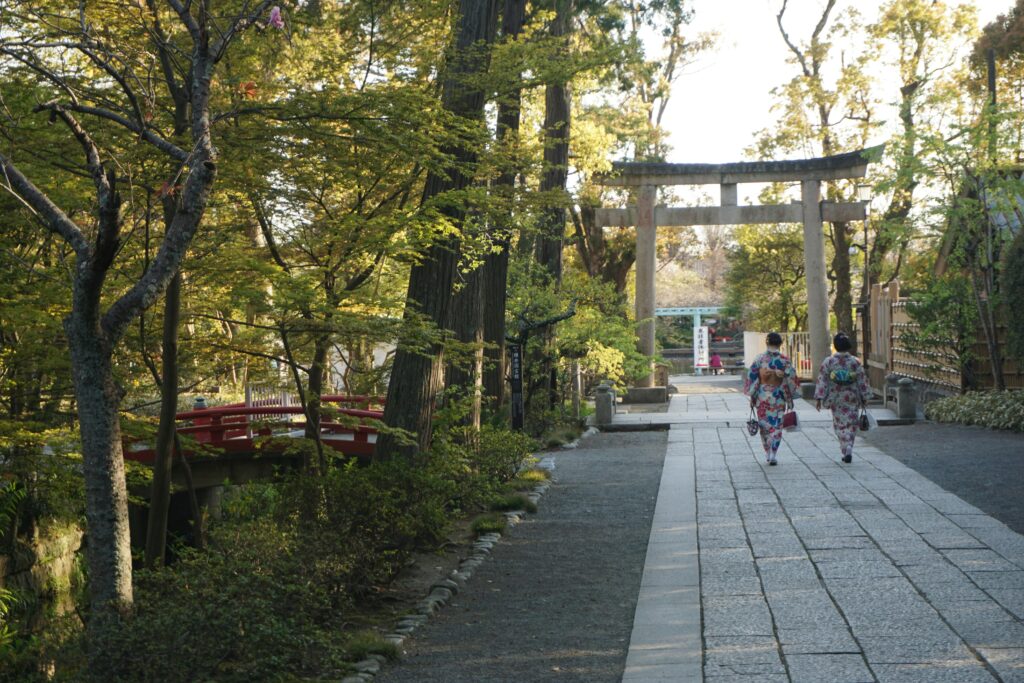
As for clothing, spring and autumn require a light jacket, summer calls for sun protection such as hats and sunglasses, and winter can be chilly due to sea breezes, so warm layers are advisable. Comfortable shoes are essential, as temple visits often involve climbing stone steps. An umbrella or foldable raincoat is also handy, especially in the summer rainy season.
Suggested Itineraries
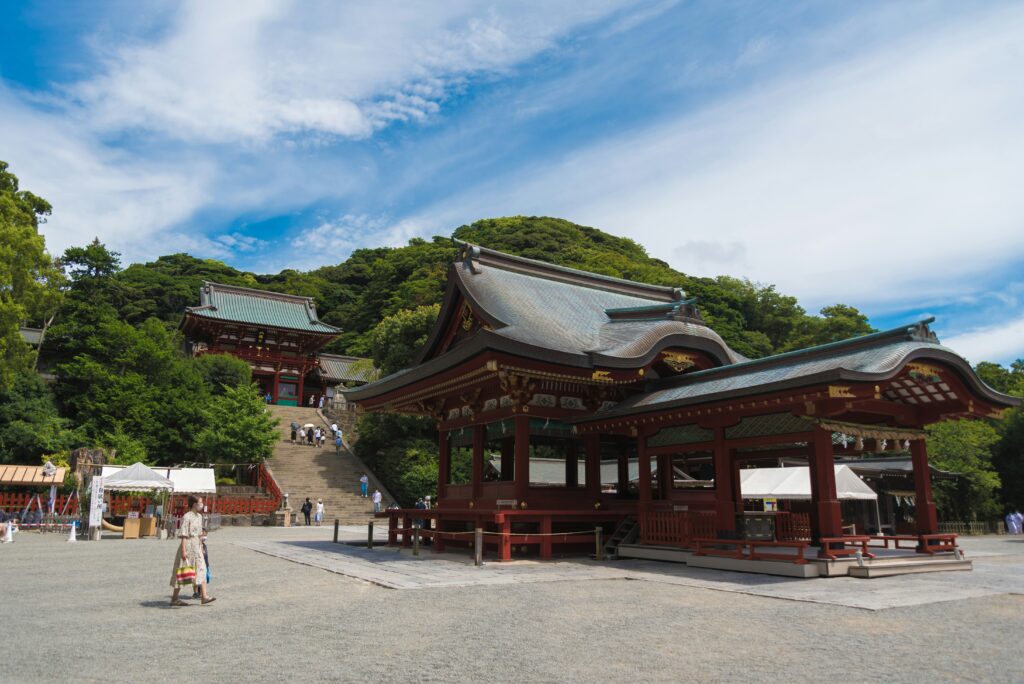
One-Day Plan
Start your morning at the Great Buddha and Hase-dera Temple, followed by a seaside stroll. For lunch, enjoy a shirasu-don or traditional Japanese cuisine. In the afternoon, wander Komachi Street for food tasting and shopping, then make your way to Tsurugaoka Hachimangu Shrine. End the day with a ride on the Enoden Railway to watch the sunset at Yuigahama or Inamuragasaki.
Two-Day Plan
On Day 1, explore the northern area around Kita-Kamakura, home to Zen temples such as Engaku-ji and Kencho-ji. Spend the evening in a refined local restaurant or café. On Day 2, head south to visit Hase-dera and the Great Buddha, then take the Enoden to nearby Enoshima Island. From its observation tower, panoramic views of Sagami Bay and Mount Fuji will mark a perfect conclusion to your trip.
Beyond Kamakura
Kamakura also serves as a gateway to other destinations. Nearby Enoshima Island blends shrine culture with ocean views, while Hayama offers elegant seaside villas and fine dining. Yokohama, with its famous Chinatown, is ideal for tasting authentic Chinese cuisine. In Odawara, you can tour a historic samurai castle and sample kamaboko, a type of fish cake. A little further afield, Hakone awaits with hot springs, art museums, and luxurious ryokan inns. For longer journeys, Kamakura links conveniently to Mount Fuji, Nagoya, Kyoto, and Osaka.
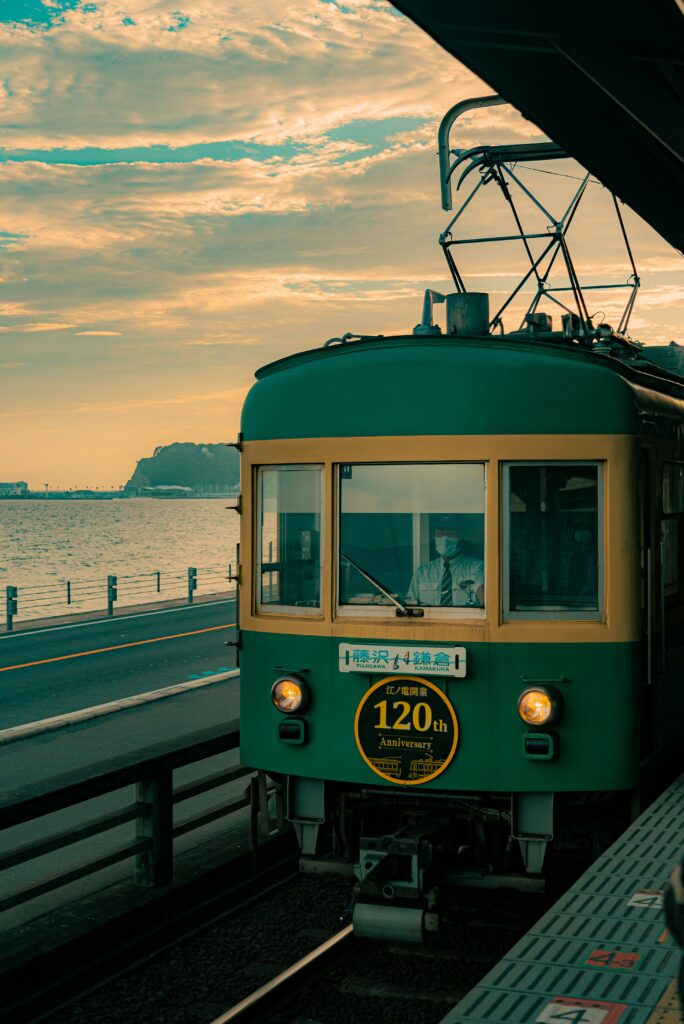
Tips for a Memorable Visit
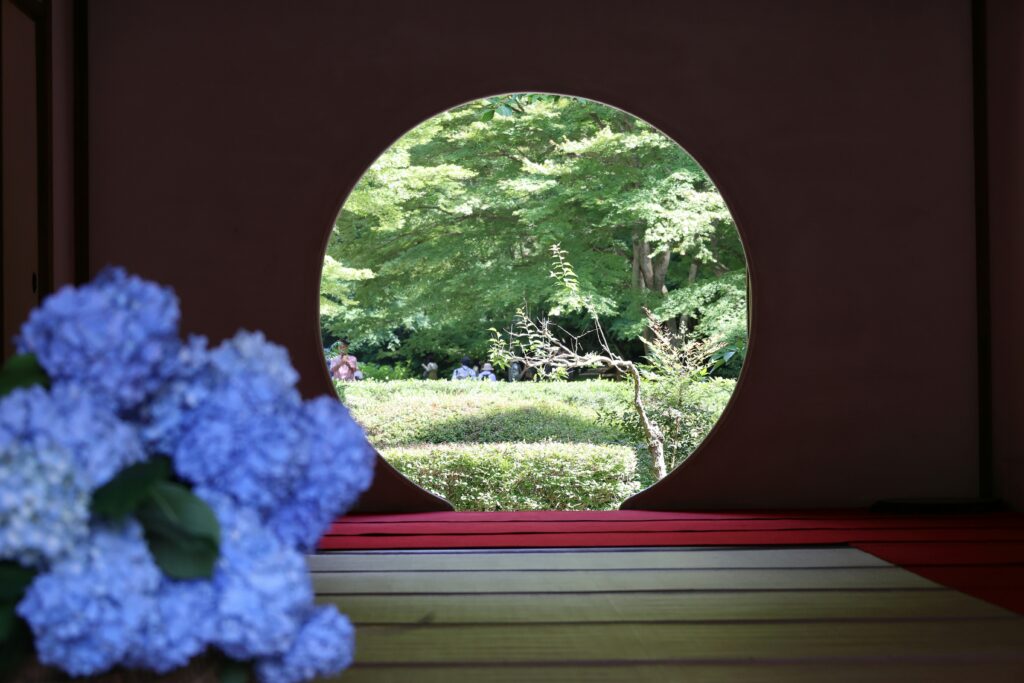
To make the most of your trip, consider visiting temples early in the morning to enjoy their serenity before the crowds arrive. Weekdays are generally less busy than weekends. Purchasing a one-day Enoden pass is also a smart way to explore multiple sites along the coast at your own pace.
Whether you come with family, a partner, friends, or even solo, Kamakura offers something for everyone—spiritual history, natural beauty, exquisite food, and the soothing presence of the sea. It is, without a doubt, one of the most rewarding escapes from Tokyo.

